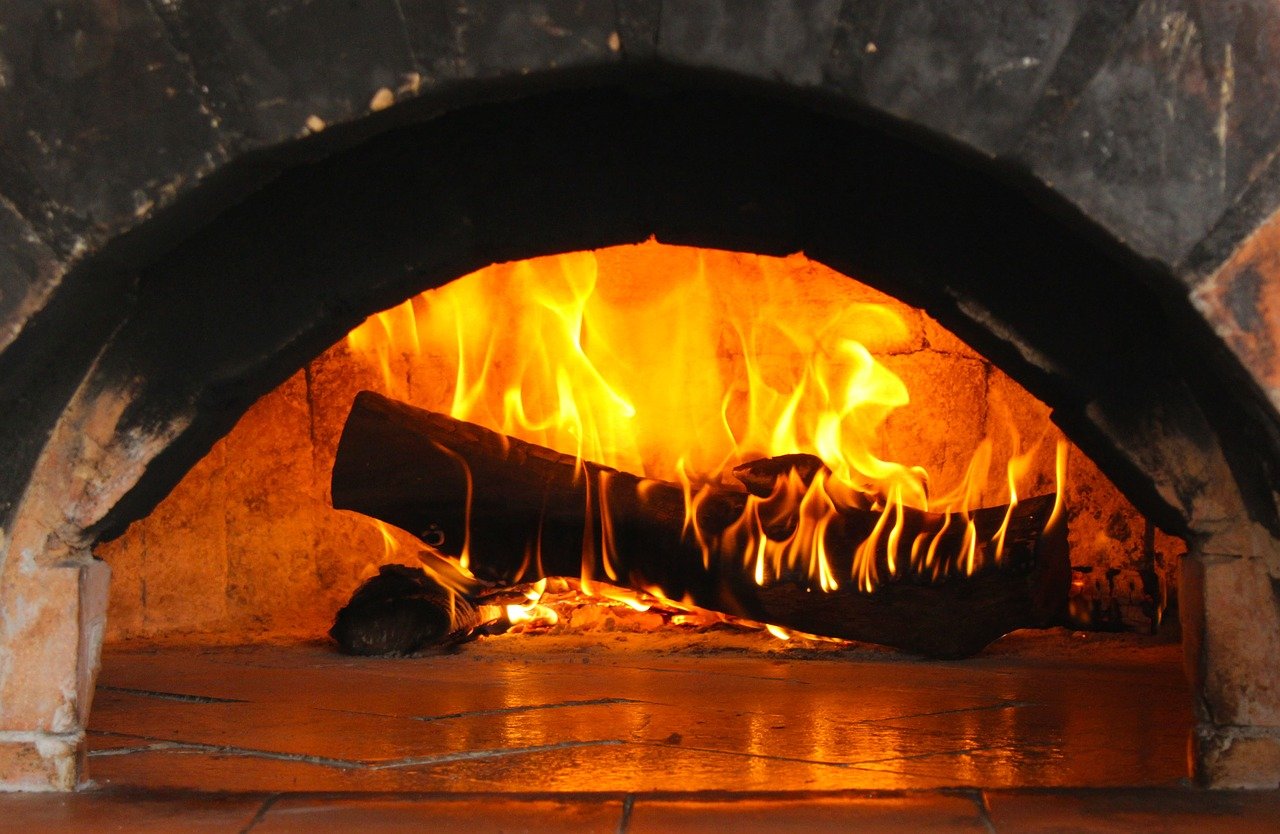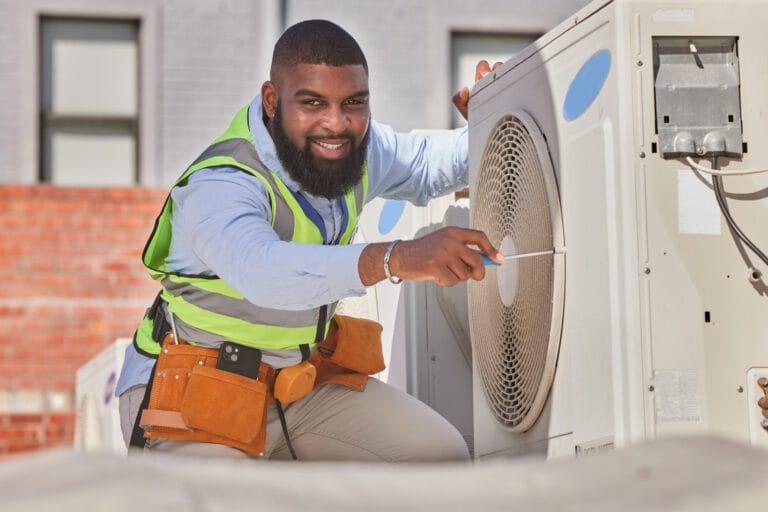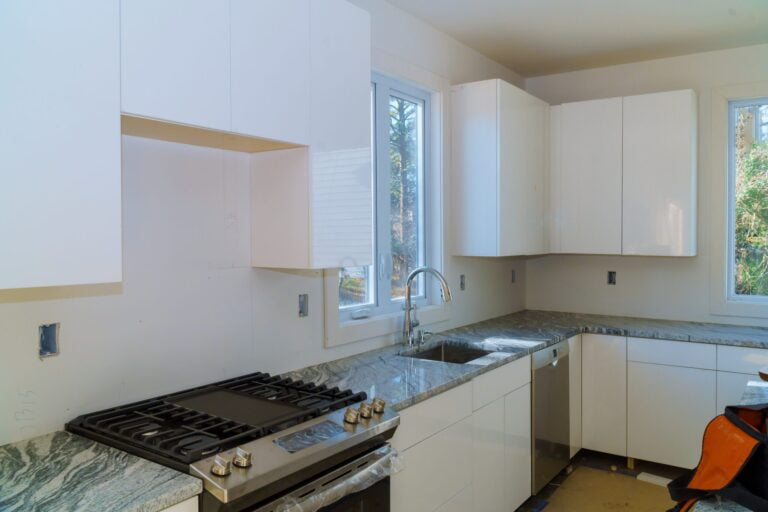Winter is here, and your heating system is more important than ever to get you through the cold weather. While you may think that you need the largest furnace possible to keep you warm, it’s not the case at all. In fact, there are several things that need to be considered when installing a new furnace to heat your house up. Here are a few things to keep in mind to make sure the heating system you’ve hired an HVAC technician to put in is right for your needs.
Don’t put excessive strain on the furnace.
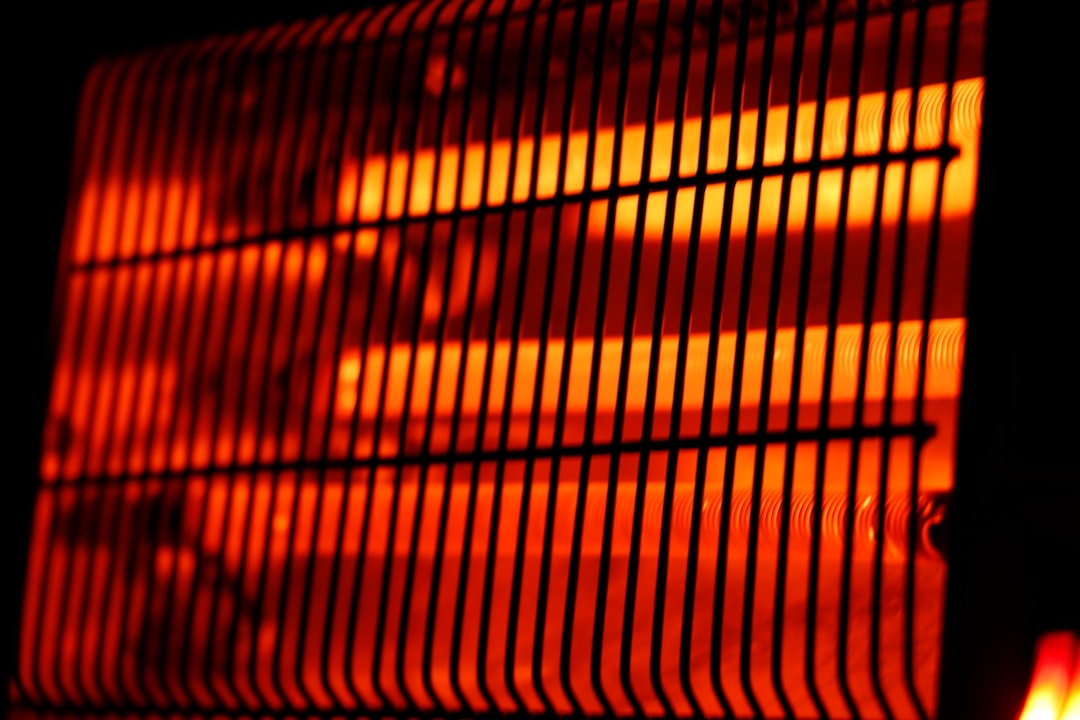
If it’s time to replace the HVAC system in your house, you’ll want to be sure you get the right size heater when buying a new furnace. There are risks of having a furnace that’s too small for your house. Too small of a unit will need to run constantly in an effort to keep your entire house warm. This puts excessive strain on a heating system, hurting a furnace in the long run. In addition to ruining the life span of the unit, this will also send your energy bills soaring through the winter months. Tack on the potential cost of repairs through an HVAC contractor.
If you know you’re going to be relying heavily on your system to get you through the colder weather, you’ll want to invest in a heater with a higher efficiency rating to help you save on energy use. Consider the size of your home when you look into the number of BTUs that can be provided by your natural gas furnace or electric furnace. The climate that your home is located in will also be a factor in determining the right furnace for your household needs.
Too large a unit could limit its heating abilities.
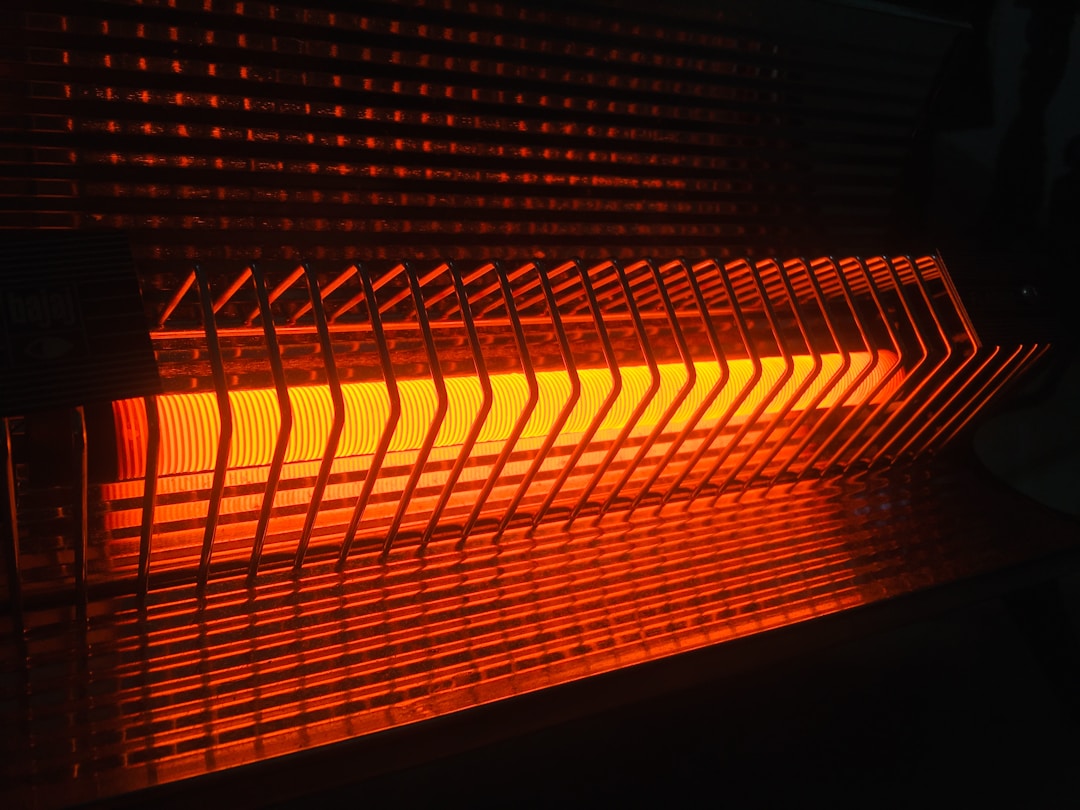
Larger HVAC systems are just as problematic as smaller units. If your furnace is too large for the space in your household, the unit will heat up too quickly and then shut down before actually doing its job. The heating system will then start back up once the sensor cools down because your room never reached the target temperature you set on the thermostat. This process is known as short-cycling, which is when a furnace rapidly starts and stops. This makes the hardest part of the heater’s cycle, the start-up, even more difficult with additional wear and tear.
Furnace capacity is measured in how much heat is required to increase the temperature by 1 degree Fahrenheit for heat pumps and similar devices. Residential furnaces come in various sizes, but most homes should be fine with a furnace in the range of 30,000 to 100,000 BTUs. You can get a rough estimate by multiplying the length and width of each heated room in your house and then adding it all together to determine the right furnace size for your entire house.
The wrong size heater could ruin comfort levels.
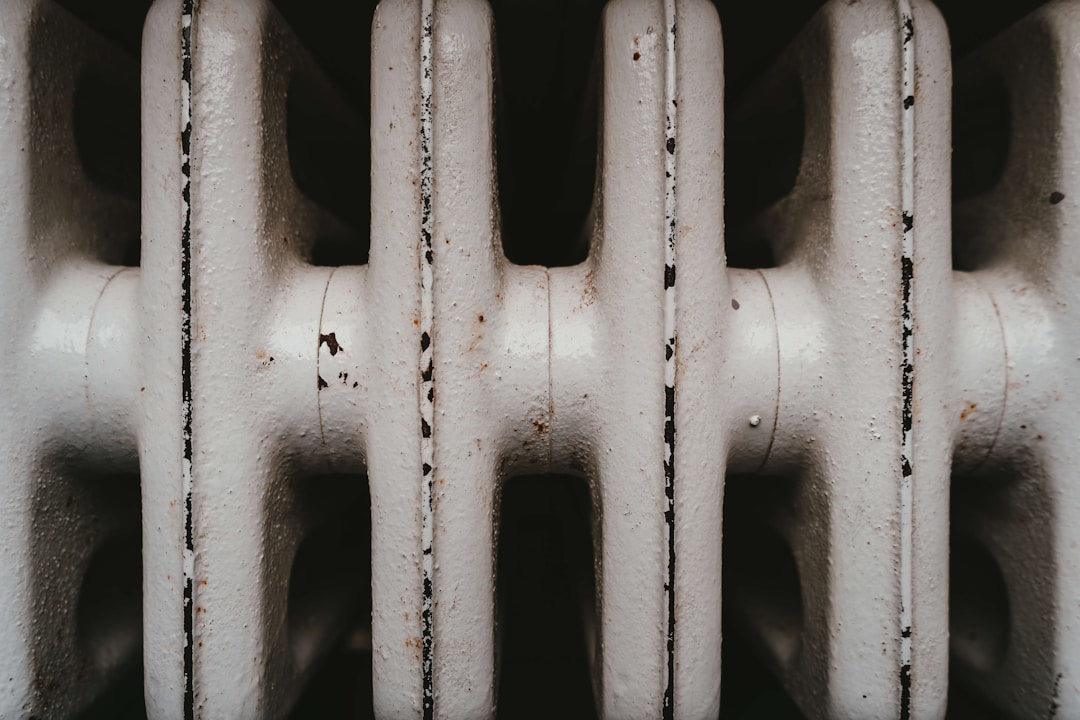
Whether your furnace is too big or too small, the result is the same: your home is far less comfortable. The heating system isn’t able to push through enough air, leaving your home uncomfortable and with spots that are far colder than others. This won’t only cost you more every time you turn on your heating system, but it could also actually end up costing you more in terms of HVAC installation if you don’t have an appropriate size furnace for your circumstances.
An installation service technician will consider other factors to arrive at the optimal size. These include the number of occupants in your home, insulation, the amount of direct sunlight, and many other factors. Once you recognize the correct size, you can move forward with the installation process, and before you know it, you’ll be keeping your quarters well-heated through the winter.


